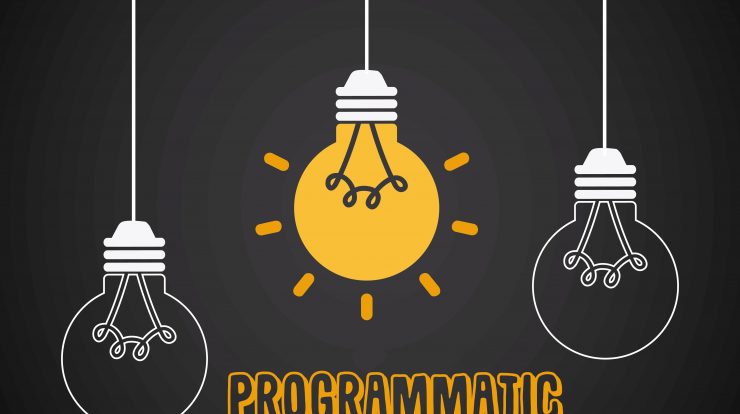
Programmatic advertising, as referred is the future of online marketing; it’s almost exponential in its growth. It’s the new form of marketing that is slowly rising to a great height. The marketing process that used to involve requests for proposals, intense human negotiations, and manual insertion now occur in milliseconds via different platforms. That is what, programmatic advertising is about.
Programmatic advertising, in its simplest form, is the automated transaction of selling and buying advertising online. Different platforms are used to buy inventory and place ads on a publisher’s site and selling inventory on various publishing sites.
Why Programmatic Advertising?
Programmatic Advertising has tons of advantages. Let’s begin with saving time- the hours of negotiation and paperwork time is now saved. it allows procuring digital media without pre-negotiating a price. Here advertisers can pay for the relevant impressions. to sum up, digital advertising gets more flexible, and administration costs are wholly reduced.
Further, with the use of customer data, programmatic advertising can know what resonates best with each individual and target them on the sites they are most likely to engage with. it’s all about the right use of data for personalized actions.
Steps for Programmatic Advertising
Step 1: A viewer lands on a webpage for programmatic advertising that begins automated bidding to serve an ad to that particular viewer.
Step 2: The publisher then lists the ad space for this particular viewer on their supply-side platform. The SSP then acts as the seller, letting advertisers know about the characteristics of the site and ad space so that publisher can make their bid.
Step 3: When the SSP knows about ad space, they analyze the visitors’ cookies to determine their geography, interests, demographics, etc.
Step 4: On another hand, the corresponding demand-side platform (DSP) reads the information about the user that is given by the SSP. DSPs act for advertisers to pick ad space that perfectly aligns with targeting parameters and the advertiser’s budget. It assigns the value of ad placement based on the user’s characteristics and website information.
Step 5: DSP makes a bid on behalf of the advertiser in real-time. This is why programmatic advertising is also called real-time bidding (RTB).
Step 6: When SSP gets the bids from different DSPs, the SSP pick the winner. Waterfall bidding, Header bidding, and Client-side are popular bid strategies that you can adopt.
Step 7: When the winning party is picked, the SSP shows the ad to the user on the publisher’s site within milliseconds (while the page is still loading for the user).
Lastly,
Even with such unbelievable advantages, programmatic display is still to grow. The only problem between the total adoption of the programmatic display is the marketer’s lack of knowledge about the process. The system is yet to be introduced in the market fully. But the scope is huge and this is going to change the future of digital marketing.
